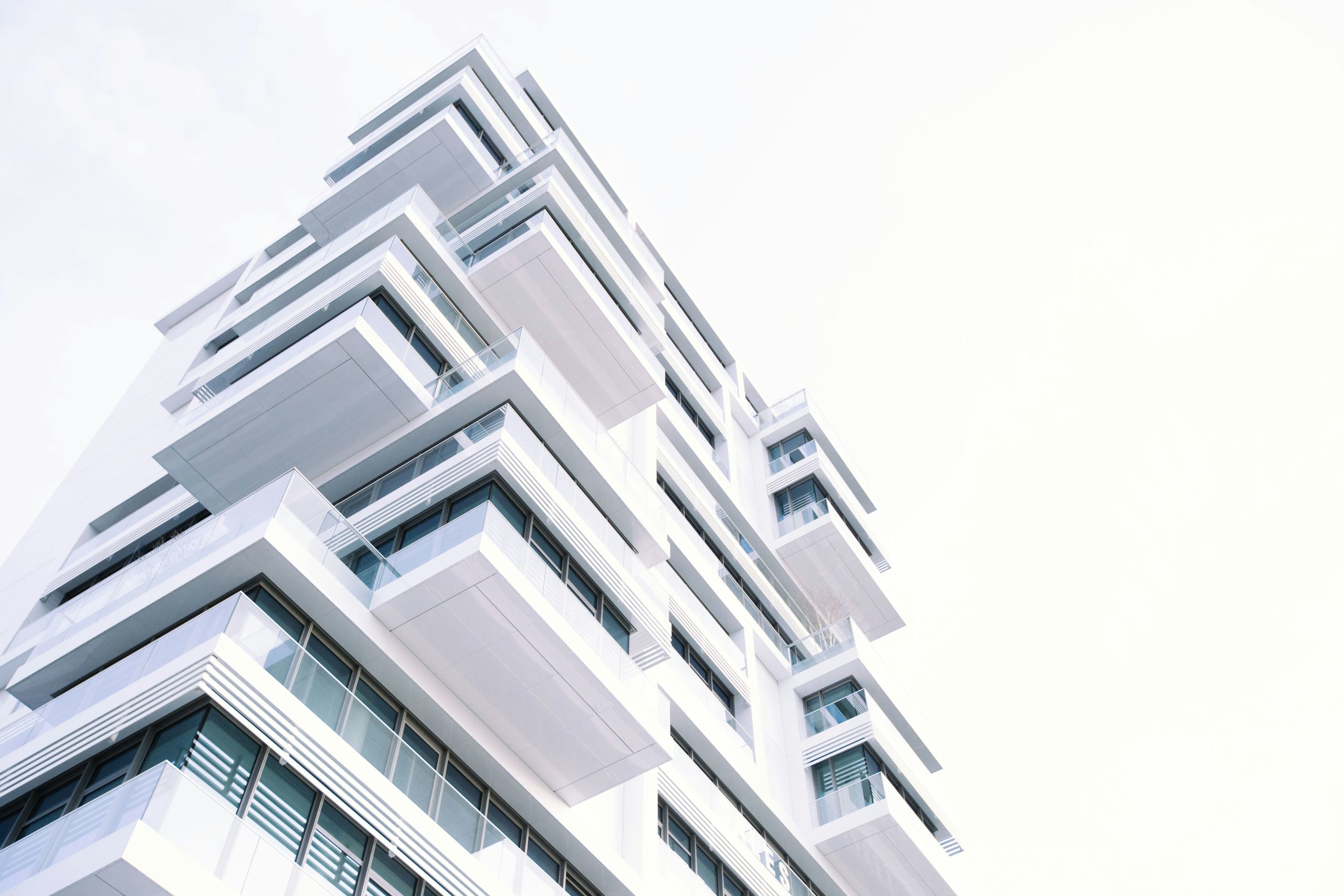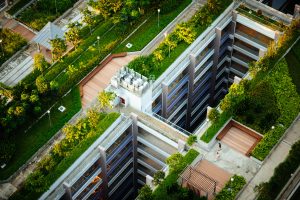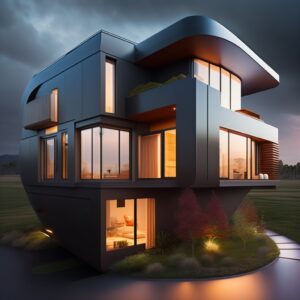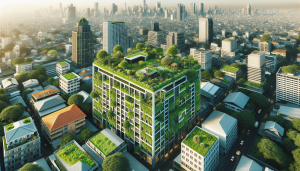Hey everyone! In the world of construction and design, we often hear the terms “green building” and “sustainable architecture” used interchangeably, but there are subtle differences between them. Green building focuses on minimizing the environmental impact during the construction and operational phases through the use of eco-friendly materials, energy-efficient systems, and waste reduction strategies. On the other hand, sustainable architecture takes a broader approach by considering the long-term effects on the environment, society, and economy. It emphasizes not only ecological balance but also social responsibility and economic viability throughout the entire lifecycle of a building. So, let’s dive in and explore these distinctions in more detail! Have you ever wondered what the difference is between green building and sustainable architecture? These terms often come up in conversations about environmentally friendly construction, but what do they truly mean, and how do they differ?

Understanding Green Building
What is Green Building?
Green building focuses on constructing and designing buildings that minimize environmental impact. It involves using resources efficiently and creating healthier environments for occupants. The primary goal is to reduce the carbon footprint and conserve natural resources during both the construction and the operation of a building.
Principles of Green Building
Green building principles revolve around several key areas, including:
- Energy Efficiency: Utilizing advanced technologies and designs to reduce energy consumption in buildings.
- Water Conservation: Implementing systems to use water more efficiently, often incorporating rainwater harvesting and graywater recycling.
- Waste Reduction: Employing construction practices that minimize waste and promote recycling and reuse.
- Material Selection: Choosing sustainable, non-toxic, and recycled materials in construction.
- Indoor Environmental Quality: Enhancing air quality, natural light, and overall comfort within buildings.
Key Green Building Certifications
Several certifications can help guide the green building process:
| Certification | Description |
|---|---|
| LEED (Leadership in Energy and Environmental Design) | One of the most widely recognized green building certification programs that score projects on their sustainability features. |
| BREEAM (Building Research Establishment Environmental Assessment Method) | A UK-based certification system that assesses various sustainability criteria such as energy, health, and environmental impact. |
| Green Globes | A flexible system in North America for environmental assessment and rating of buildings. |
Deep Dive into Sustainable Architecture
What is Sustainable Architecture?
While green building focuses on specific practices and technologies to reduce environmental impact, sustainable architecture takes a broader perspective. It incorporates a holistic approach to the design and construction of buildings and considers the project’s overall lifespan, community impact, and integration with the natural environment.
Principles of Sustainable Architecture
Sustainable architecture is founded on a comprehensive approach that includes:
- Long-Term Thinking: Addressing both present and future needs while minimizing environmental degradation.
- Holistic Design: Considering the building as part of a larger ecosystem and designing it to work in harmony with its surroundings.
- Community Impact: Ensuring the building benefits the local community and contributes positively to social sustainability.
- Lifecycle Assessment: Evaluating and optimizing the environmental impact of a building throughout its lifecycle, from construction through demolition.
- Adaptive Reuse: Designing buildings that can adapt to changing needs and uses over time, thereby extending their useful lifespan.
Examples of Sustainable Architecture
Some notable examples illustrate how sustainable architecture principles are applied:
- The Edge in Amsterdam: Recognized as one of the greenest and most intelligent office buildings in the world, it leverages advanced technologies for energy efficiency and user comfort.
- The Bullitt Center in Seattle: A net-positive energy building that generates more energy than it consumes, using solar power and innovative water management systems.
Comparing Green Building and Sustainable Architecture
Focus and Scope
One significant difference between green building and sustainable architecture lies in their focus and scope. Green building tends to emphasize specific practices and technologies to achieve environmental goals, concentrating on individual buildings and measurable outcomes. Sustainable architecture, in contrast, takes a more comprehensive view, integrating broader environmental, social, and economic considerations into the design process.
| Aspect | Green Building | Sustainable Architecture |
|---|---|---|
| Primary Focus | Reducing environmental impact | Holistic integration of environmental, social, and economic factors |
| Scope | Individual buildings | Overall lifecycle and community dynamics |
| Key Certifications | LEED, BREEAM, Green Globes | Broader frameworks without certifications |
| Approach | Technology and materials | Comprehensive design philosophy |
Applications and Techniques
While both green building and sustainable architecture strive for environmentally friendly outcomes, they employ different techniques and applications:
- Green Building Techniques: Energy-efficient lighting, low-flow plumbing fixtures, high-performance insulation, and renewable energy systems (e.g., solar panels).
- Sustainable Architecture Techniques: Passive solar design, natural ventilation, green roofs, water management systems, and incorporation of local materials.
Impact on Community
Green building primarily addresses the ecological footprint of individual buildings. Sustainable architecture extends this focus by considering how buildings influence and benefit their communities, such as promoting local economic growth, improving social well-being, and preserving cultural heritage.
Benefits of Integrating Both Approaches
Environmental Benefits
Integrating green building practices with sustainable architecture designs can offer significant environmental advantages:
- Reduced Carbon Emissions: Efficient energy use and renewable energy systems lower greenhouse gas emissions.
- Conservation of Resources: Careful resource management and lifecycle assessments help conserve water, materials, and energy.
- Biodiversity Protection: Designing buildings that harmonize with the local ecosystem can support and protect biodiversity.
Economic Benefits
Both approaches can also lead to economic gains:
- Cost Savings: Energy-efficient buildings reduce operational costs and resource usage, saving money over time.
- Enhanced Property Value: Green and sustainable buildings often have higher market values and attract environmentally conscious buyers and tenants.
- Economic Resilience: Projects that benefit the local community can stimulate economic growth and create jobs.
Social Benefits
Finally, integrating green building and sustainable architecture can yield numerous social benefits:
- Health and Well-Being: Improved indoor environmental quality promotes better health and comfort for occupants.
- Community Engagement: Sustainable projects often involve and benefit local communities, fostering stronger social bonds.
- Cultural Preservation: Sustainable design can respect and enhance local cultural heritage, creating a sense of place and identity.

Challenges and Considerations
Initial Costs and Investment
One of the most common challenges is the initial investment required. Green and sustainable projects may incur higher upfront costs due to advanced materials, technologies, and design processes. However, these costs are often offset by long-term savings in energy and resource efficiency.
Technical Expertise
Implementing green building and sustainable architecture principles requires specialized knowledge and skills. Ensuring that architects, engineers, and construction professionals are adequately trained can be a hurdle but is essential for achieving the desired outcomes.
Regulatory and Policy Support
The success of these approaches often depends on supportive regulations and policies. This may include incentives for green building, stricter environmental standards, and recognition of the long-term benefits of sustainable design.
Looking Forward: The Future of Green and Sustainable Building
Innovations in Technology
Technological advancements continue to drive progress in both green building and sustainable architecture. Innovations such as smart building systems, advanced materials, and renewable energy sources will play crucial roles in making built environments more efficient and sustainable.
Holistic Urban Planning
The future of sustainable architecture involves not just individual buildings but whole communities and cities. Holistic urban planning that integrates green spaces, public transportation, and mixed-use developments will be key to creating sustainable urban environments.
Climate Adaptation and Resilience
As climate change impacts become more pronounced, buildings must be designed to withstand and adapt to these changes. This includes considerations for extreme weather events, rising sea levels, and shifting climate patterns.
Global Collaboration
To achieve widespread adoption of green building and sustainable architecture practices, global collaboration and knowledge sharing are vital. This includes international standards, shared technological developments, and coordinated efforts to address environmental challenges.

Conclusion
In summarizing, green building and sustainable architecture, while closely related, are distinct approaches in environmentally responsible design and construction. Green building focuses on specific practices and technologies to minimize environmental impact. In contrast, sustainable architecture adopts a holistic approach, considering long-term, ecological, and social impacts.
By integrating both practices, we can create buildings and communities that are not only environmentally friendly but also economically viable and socially beneficial. As we move towards a more sustainable future, embracing these strategies will be essential in addressing the pressing environmental challenges of our time. Together, we can build a better, greener, and more sustainable world for future generations.



